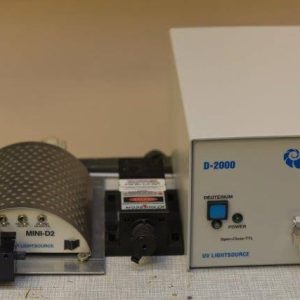Description
Single Mode Optical Fiber Splicer
A Single Mode Optical Fiber Splicer is a precision device designed to join two single mode optical fibers end-to-end with minimal loss and reflection. This splicing process enables the creation of a continuous optical path for light signals, crucial for maintaining high-quality data transmission in telecommunications, fiber optic networks, and other high-speed communication systems.
Single mode fibers are characterized by their small core diameter (~8-10 microns), which allows only one light mode to propagate, resulting in lower attenuation and higher bandwidth over long distances. The splicer must align these fibers with extreme accuracy to avoid signal degradation.
Working Principle
The single mode fiber splicer aligns the fiber ends using microscopic imaging and precision motors. It then permanently fuses the fibers using an electric arc to melt the glass ends, creating a seamless connection. The process typically includes the following steps:
Fiber Preparation
Stripping the protective coating, cleaning, and cleaving the fiber ends to produce clean, flat surfaces.
Fiber Alignment
The splicer uses cameras and alignment algorithms to precisely position the fiber cores in all axes (X, Y, Z).
Fusion Splicing
An electric arc heats the fiber ends to fuse them, forming a continuous glass joint with minimal optical loss.
Quality Inspection
The device measures splice loss estimates and provides a visual inspection of the splice.
Key Features
High Precision Alignment System
Utilizes image processing and motorized stages to align fibers within sub-micron accuracy.
Electric Arc Fusion Technology
Ensures a strong, low-loss splice with high mechanical durability.
Touchscreen Interface
For easy operation and real-time monitoring of the splicing process.
Automatic Fiber Detection
Identifies fiber type and guides the operator through the splicing steps.
Splice Loss Estimation
Provides immediate feedback on splice quality.






Reviews
There are no reviews yet.